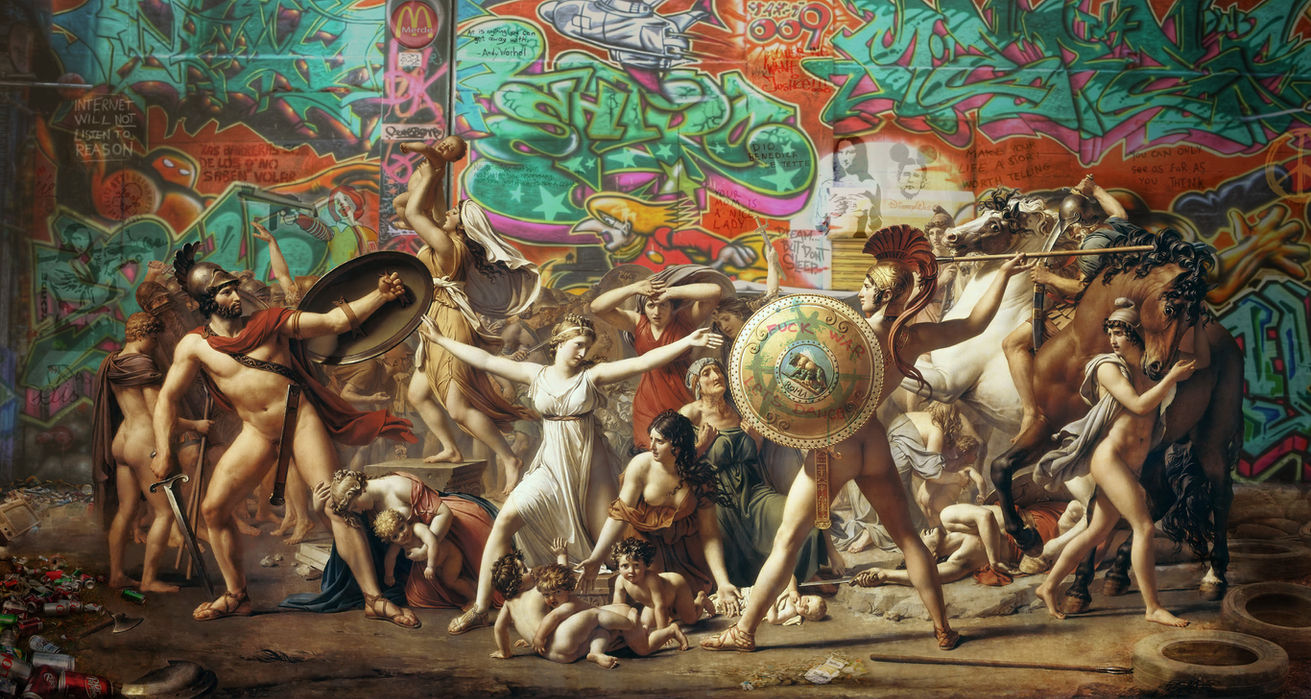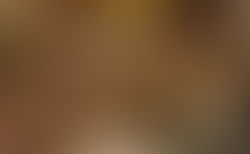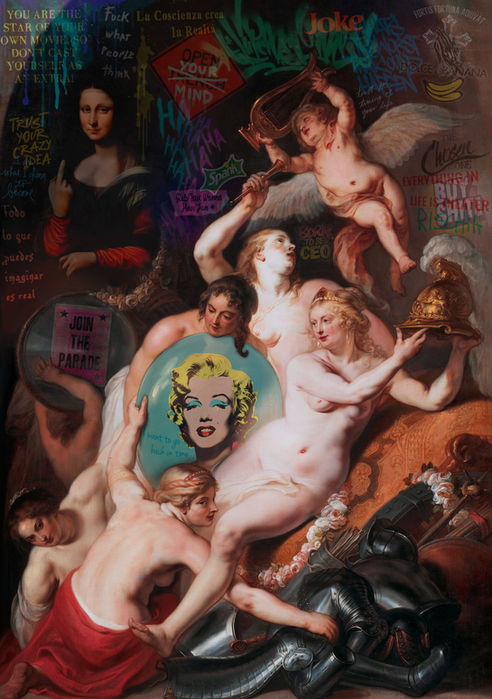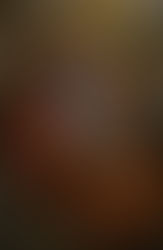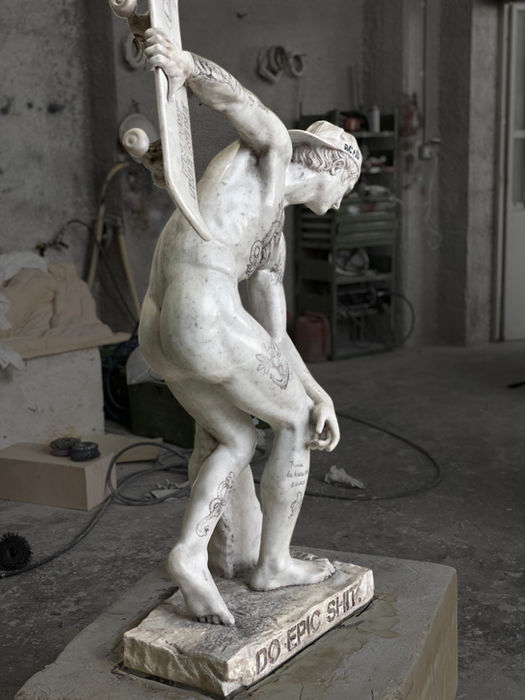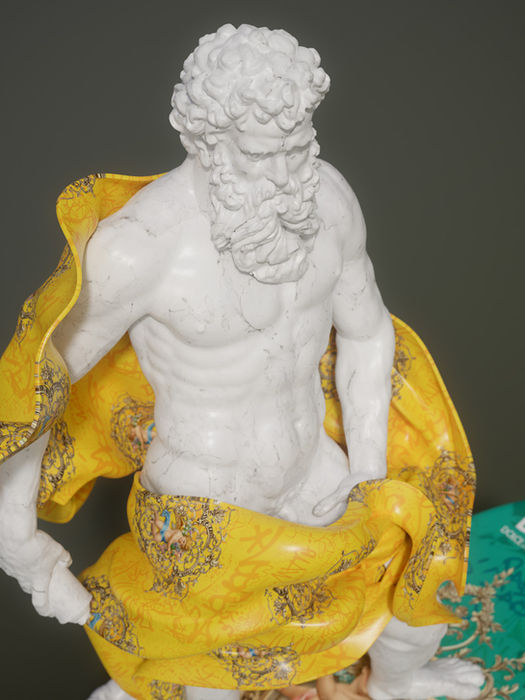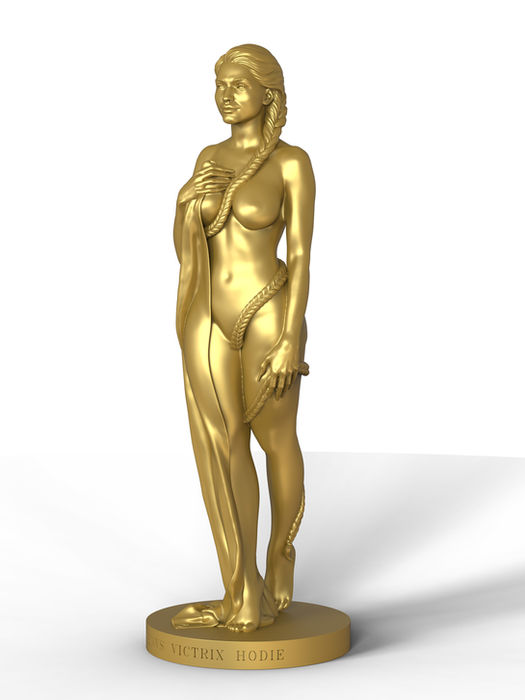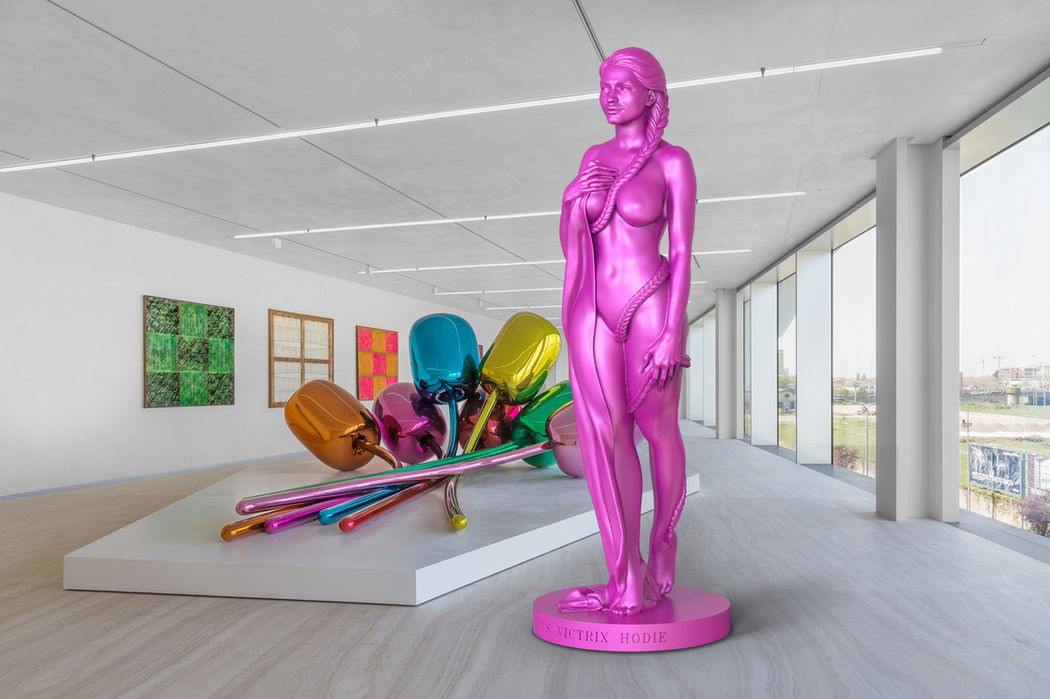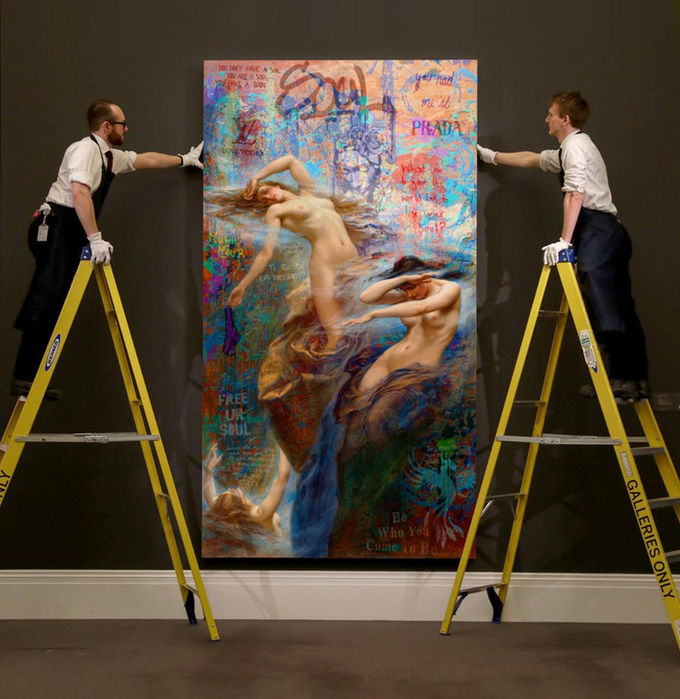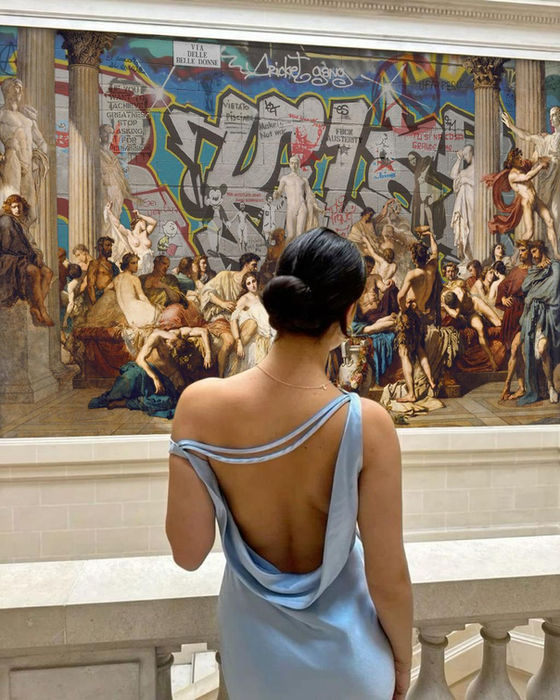A TIMELESS COLLISION OF ART AND REBELLION




A CLASH OF EPOCHS—WHERE RENAISSANCE GRACE MEETS URBAN REBELLION, AND THE SACRED DANCES WITH STREET ART IN A TIMELESS PROVOCATION.
RE:NAISSANCE
Marco Battaglini’s art is a bold paradox, a collision of classical mastery and contemporary irreverence. His works transport us to a world where Renaissance figures are adorned with modern tattoos, where baroque perfection meets urban graffiti, and where the sacred and the profane coexist in a provocative harmony. His art challenges perceptions, blurring the lines between past and present, high culture and street culture, tradition and subversion. It forces us to question the sanctity of art history, inviting us to see classical beauty through the lens of modern chaos. Emotionally, Battaglini’s work evokes wonder and disruption in equal measure. It is a celebration of artistic freedom, a playful yet profound reflection on identity, consumerism, and the relentless evolution of culture. In his universe, no masterpiece is untouchable, and no era stands alone—everything is interconnected in an eternal dialogue of time, art, and rebellion. Marco Battaglini’s art is a sublime encounter between the classical and the contemporary, a harmonious dance between tradition and innovation. His works, imbued with a timeless beauty, tell stories that transcend eras and places, captivating an international audience with a magnetic force. His unique style, capable of transforming the past into the present and the present into eternity, is an ode to pure and refined aesthetics. Each of Battaglini’s creations is a fragment of perfection, a breath of elegance that lingers in the hearts of those who behold them, affirming his global success as an artist whose work knows no boundaries. Marco Battaglini’s art is a visual journey that seamlessly blends eras and styles with disarming elegance. Striking a perfect balance between the rigor of classicism and the irreverence of contemporary expression, his works captivate the eye with an aesthetic refinement that transcends time. Every detail, from composition to color selection, is an homage to harmony and beauty, transforming each creation into an open dialogue between past and future, between dream and reality. This unmistakable style has led Battaglini to the most prestigious art galleries in the world, where his works stand alongside the most influential names in the international art scene. His vision has captivated collectors and connoisseurs with a sophisticated taste, drawn to the exclusivity and expressive intensity of his creations. It is within the most refined and elite circles that his art finds fertile ground, establishing itself as a symbol of distinction and culture—one that enchants and inspires those in search of a unique and uncompromising aesthetic.

MEMENTO AUDERE SEMPER

I'M TOO GUCCI FOR YOUR PROBLEMS

TEMPUS FUGIT, AMOR MANET

ANOTHER BRICK IN THE WALL

CARPE OMNIA
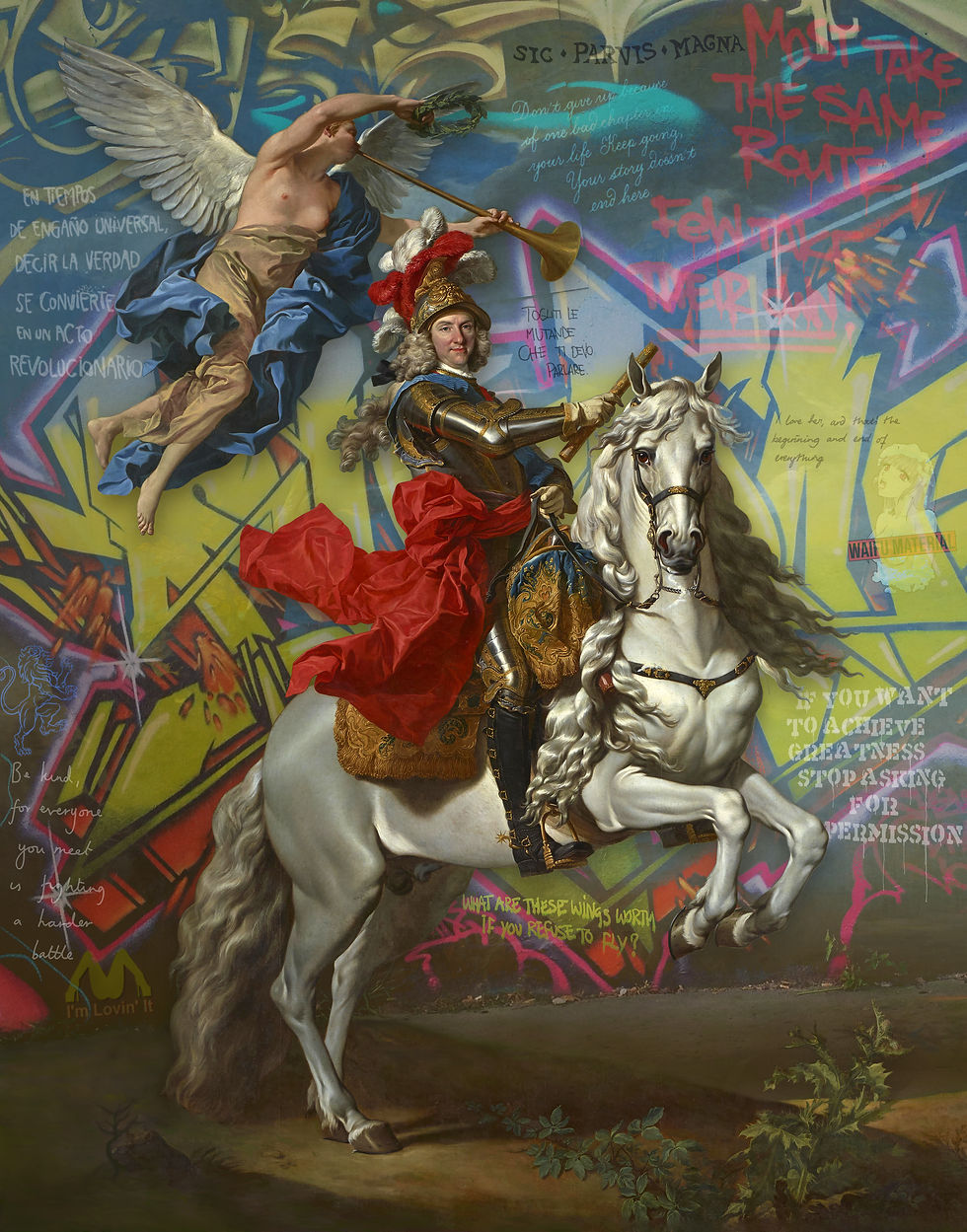
SIC PARVIS MAGNA

ART HAS ALWAYS BEEN A REFLECTION OF ITS TIME, BUT WHAT HAPPENS WHEN THE BOUNDARIES OF TIME BLUR? HERE, RENAISSANCE AND BAROQUE FIGURES COLLIDE WITH MODERN INTERVENTIONS.
PAINTINGS
Classical beauty collides with contemporary chaos, and timeless icons are reborn amid graffiti, pop culture, and the raw pulse of our age. In Battaglini’s canvases, the sacred and the profane dance together, reminding us that history is not behind us, but alive in every stroke, reimagined through the lens of now.
SCULPTURES
Timeless forms infused with contemporary codes, where marble and bronze converse with symbols of rebellion, irony, and desire. Battaglini’s works transcend time, transforming tradition into provocation, and inviting us to see the eternal not as something distant, but as a living dialogue with the present moment.
SPECIAL COMMISSIONS
Marco Battaglini’s Special Commissions are reserved for a select few patrons who dare to dream without limits. Tailored to transform walls, ceilings, fountains, exteriors, or grand halls, these creations embody the fusion of timeless beauty and boundless imagination.
Each commission becomes a sanctuary where time dissolves, beauty resonates, and the spirit is free to wander beyond boundaries. A rare privilege, destined not just for today, but for eternity.
Battaglini’s limited editions on fine art paper are rare manifestations of his vision. Each work, numbered and exclusive, carries the same disruptive elegance of his originals, merging centuries of history with the pulse of contemporary culture. Precious and finite, yet vast in interpretation, these editions invite collectors to hold a fragment of eternity in their hands.

UPCOMING SHOW
VISIONS UNBOUND
MARCO BATTAGLINI
The venue itself is part of the mystery: an iconic place and a unique time soon to be revealed, promising grandeur, disruption, and timeless beauty.


